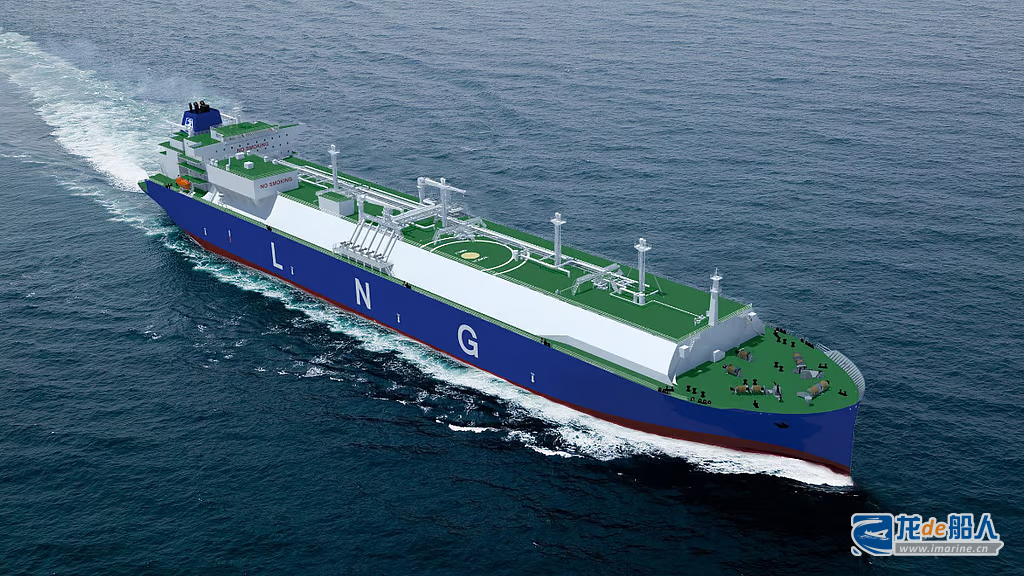With newbuild liquefied natural gas (LNG) carriers in the global fleet outstripping shipping demand, compounded by shorter average voyage lengths, LNG ship freight rates have fallen to a five-year low.

On the Atlantic route, for example, freight rates for the most common two-stroke 174,000 cbm LNG carrier in the market were $4,250 per day on Tuesday, according to pricing agency Spark Commodities, before dropping to $3,500 per day on Friday, the lowest price Spark has recorded in five years.
Rates on the Atlantic route are down 82% since the start of the year and more than 90% compared to the same period last year, while freight rates for the same class of vessel on the Pacific route have almost halved, dropping to $11,000 per day last Tuesday, the lowest level ever recorded in its data and down almost 80% from last year.
Industry experts say the global LNG fleet is growing more than LNG shipments in 2024, leading to an oversupply of vessels. The market is waiting for a significant increase in LNG exports over the next 18 months.
The current market situation is that shipowners with extra capacity on hand are competing to charter available ships. “Companies with extra capacity are willing to significantly reduce their bids rather than idle ships to help them partially recover their operating costs and reduce losses.”
For older LNG carriers with diesel engines, which are still common, freight rates on the Atlantic route were negative over the past week, hitting a record low of minus $2,750 per day on Monday before narrowing to minus $1,000 per day on Tuesday, said Qasim Afghan, an analyst at Spark Commodities.
Qasim Afghan said that the only time negative freight rates appeared before was in February 2022, when the Russian-Ukrainian war broke out, but it only lasted for two days. “Negative freight rates indicate that shipowners’ income cannot fully cover the fuel-related costs incurred by ships returning to the loading port.”
Market sources had earlier predicted that losses in LNG shipping rates could extend until 2025 as new LNG carriers are added faster than LNG production increases.
Higher LNG delivered prices in Europe have also encouraged U.S. LNG exports to stay in the Atlantic instead of heading to Asia, which has shortened average sailing times and increased vessel availability, further depressing freight rates. In January, at least six LNG carriers diverted from Asia to Europe.
The impact will be exacerbated by China’s tariffs on U.S. LNG and a record number of new LNG vessels set to enter the market this year, Afghan said.


